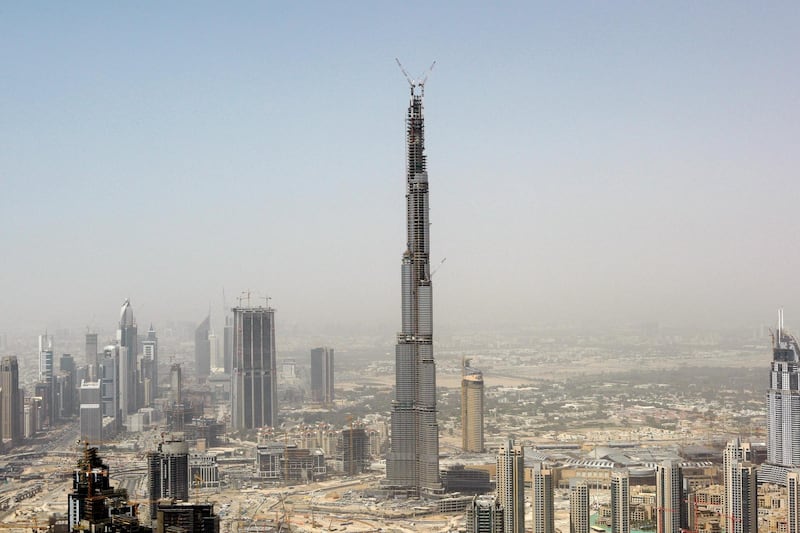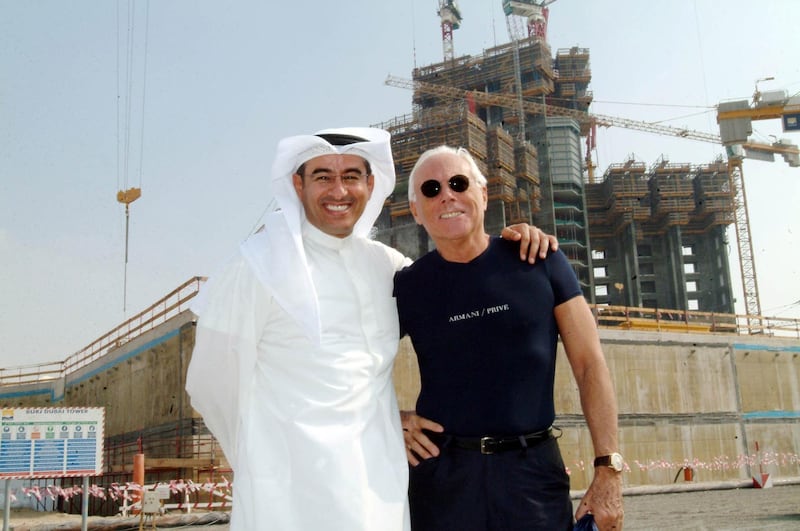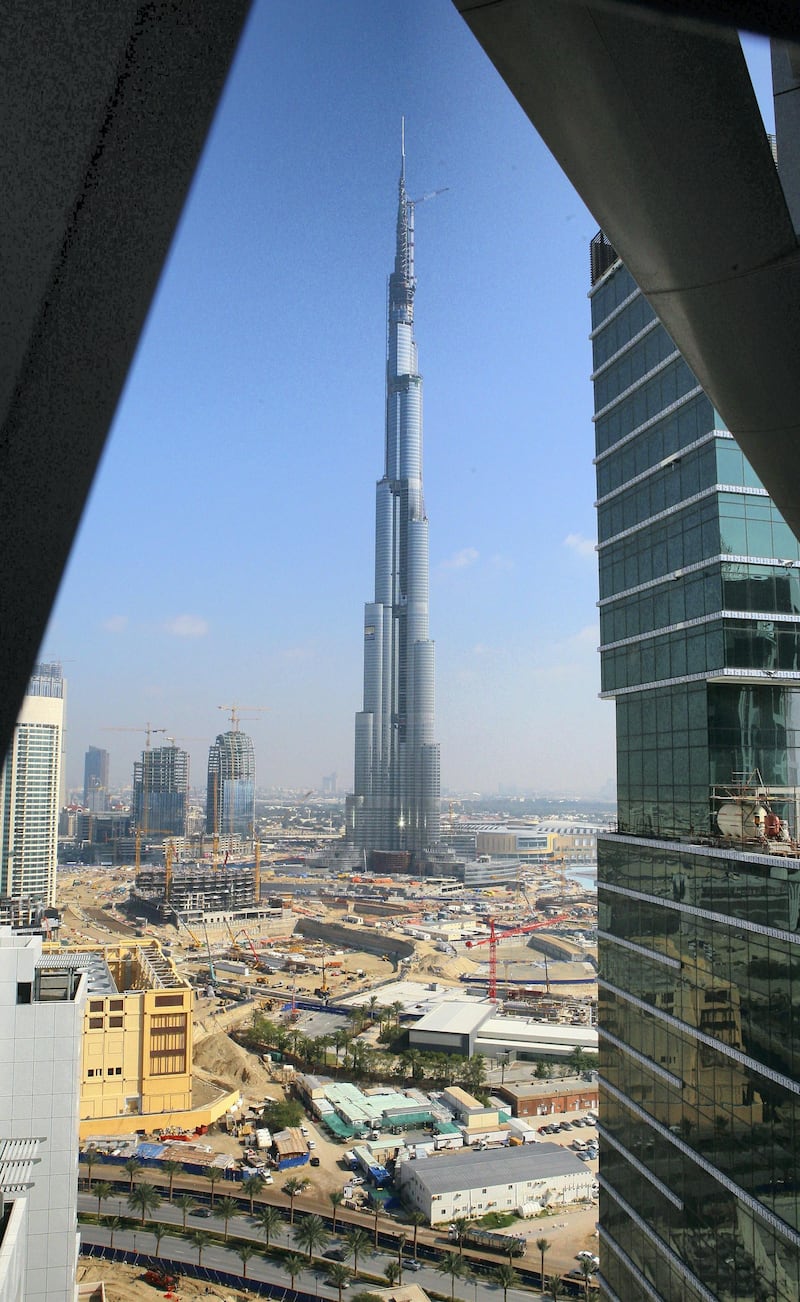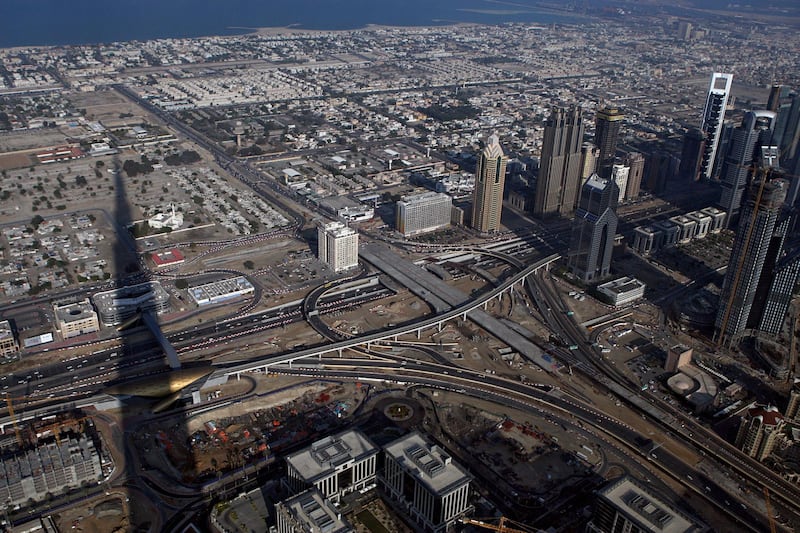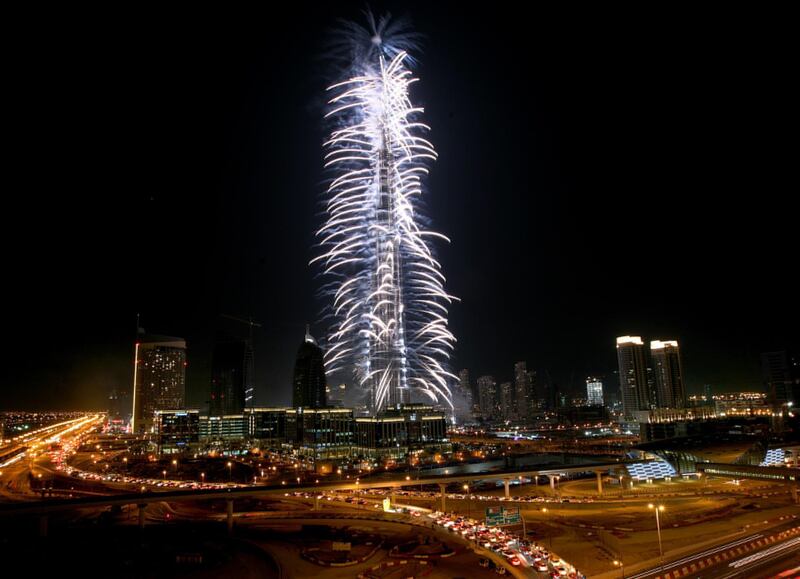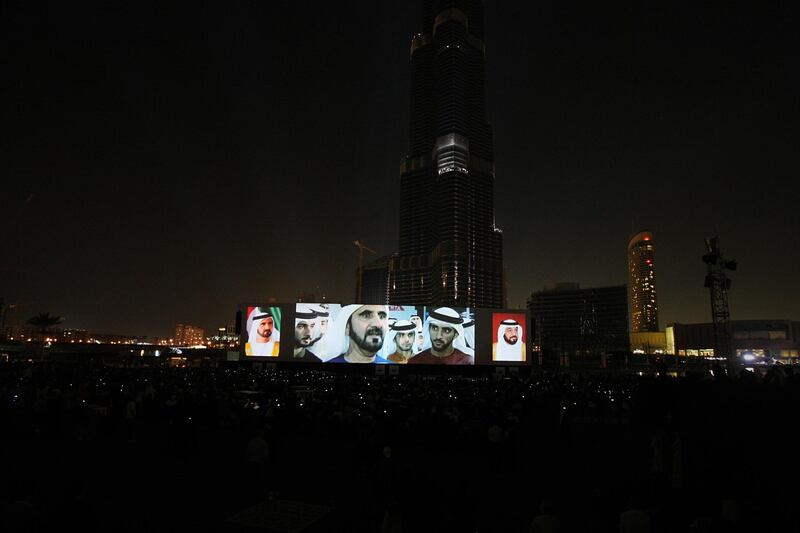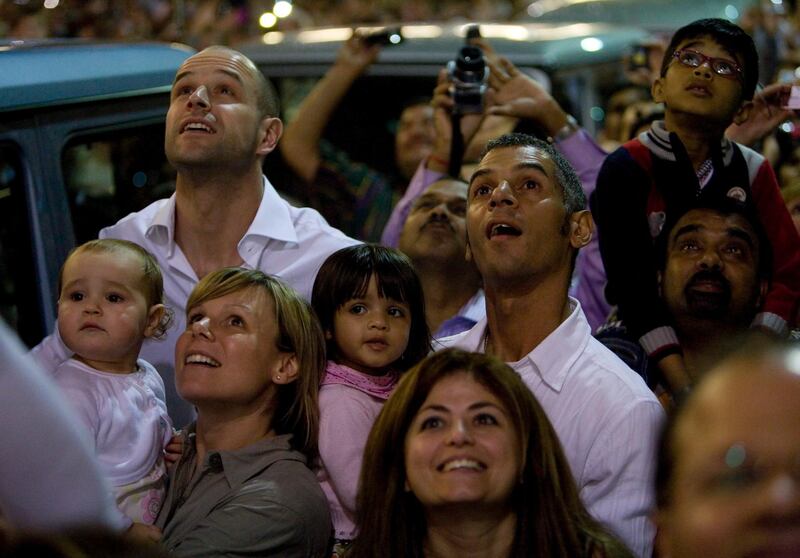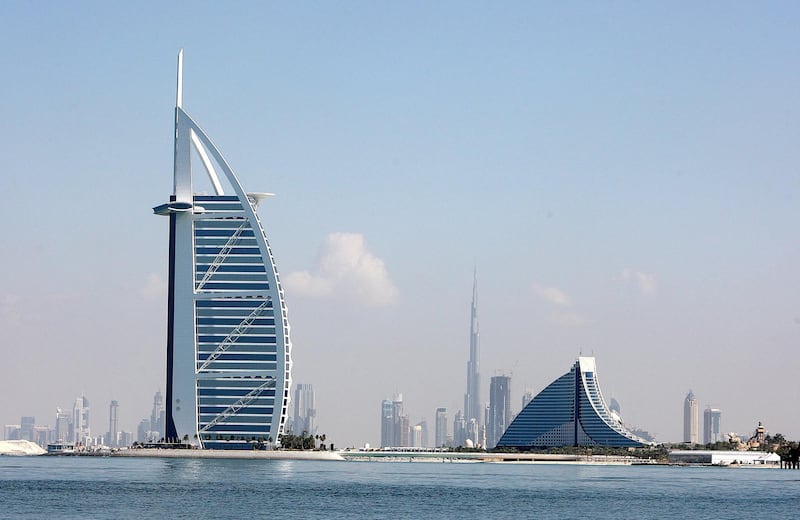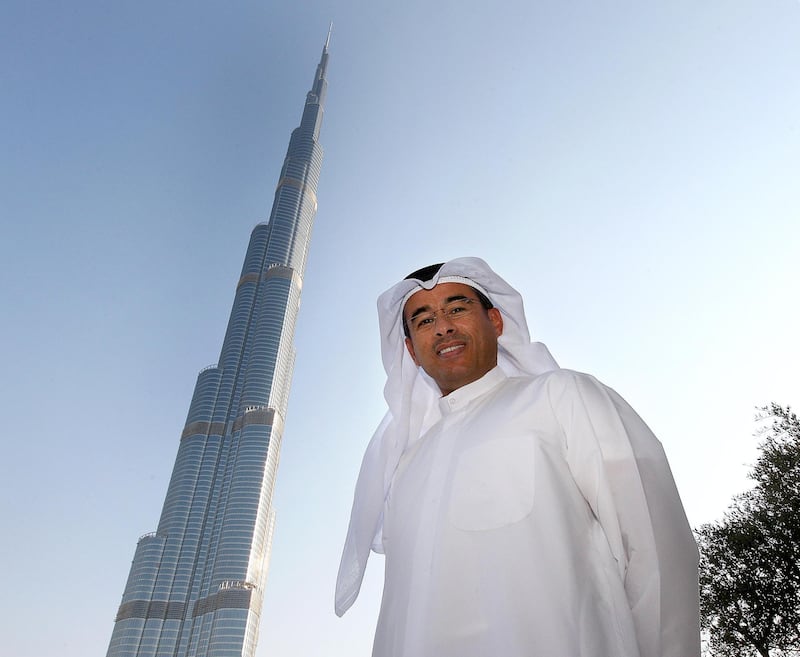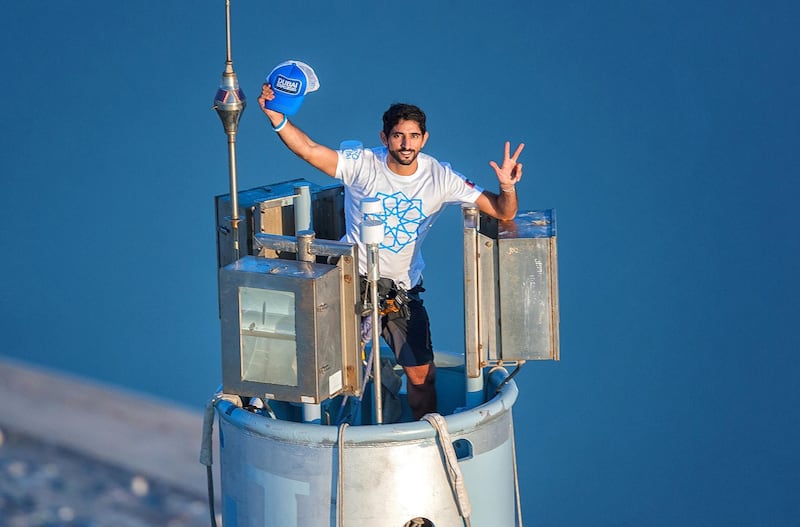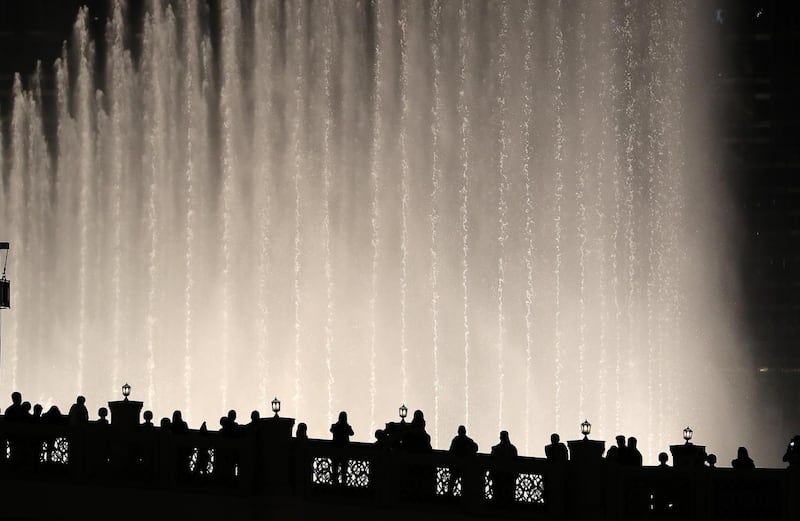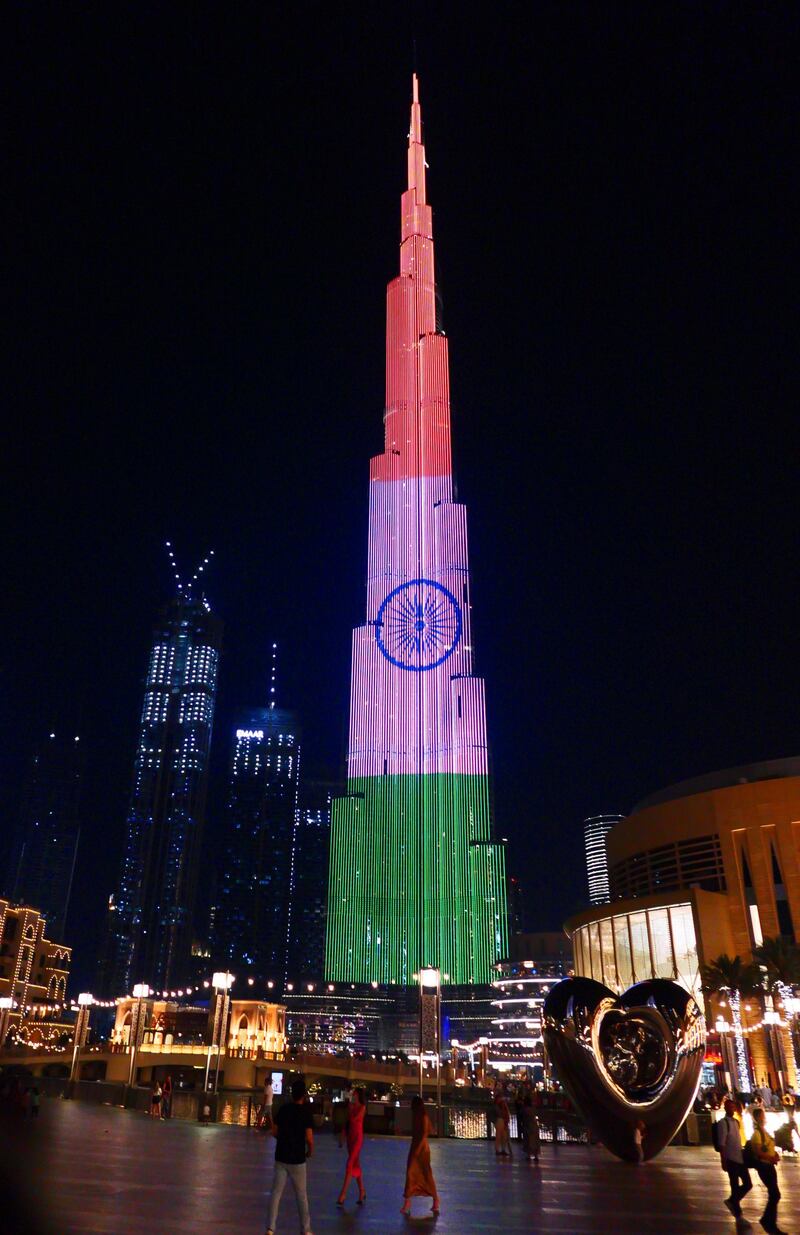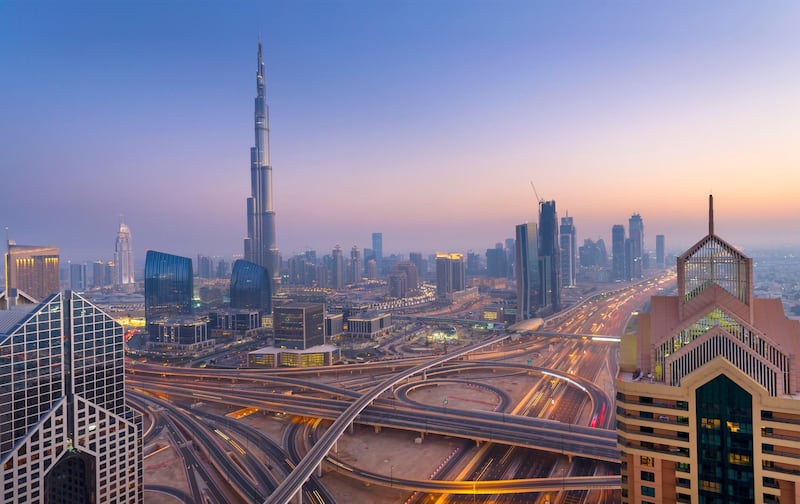Today, life in the Emirates moves in the fast lane. In a regular series to mark the 50th anniversary of the UAE, we take a trip back in time to see how much the country has changed.
There is a famous photo of Dubai taken a few years after the World Trade Centre opened. The tower soars over vast tracts of undeveloped desert, while what would become the pulsating multi-lane Sheikh Zayed Road is a modest affair that disappears into the horizon.
Yet in only three decades this view would be transformed to include the world’s tallest building, Burj Khalifa.
The older photograph, taken in 2008, shows the 830-metre tower edging towards completion. It opened two years later as the centrepiece of the Downtown Dubai area that included Dubai Mall, dancing fountains and, later, an opera house. The older photograph also shows construction well under way on Dubai Metro. The service would open only a year later.
But Dubai was far from finished, as the newer photograph shot this year by The National’s Chris Whiteoak shows. Scores of new tower blocks dominate the left-hand side of the photograph, around Burj Khalifa and Downtown Dubai, including the striking twin towers of the Address Sky View hotel.
On the right, we see the circular shape of the Cola-Cola Arena and the City Walk development. The 17,000 capacity venue opened in 2019, while City Walk first welcomed visitors a few years before. New roads and flyovers have also changed the landscape.
There are no major high-rises on the right side but that will change soon, too. Construction on Wasl Tower beside the arena is well advanced, set for completion in 2022.
But as is the case in Dubai, the past is never too far behind. At the bottom right of both photographs is an older building once known as the ‘Toyota Tower’ – known for the car manufacturer's sign at the top of a building that served as a visual reference point for generations of people who lived in Dubai.
The building is reflective of its time, built with small windows and concrete facades with external air conditioning units on the exterior. On the ground floor is a simple collection of shops including a laundry, small restaurant and salon.
The sign was removed in 2018, but the 15-storey tower, actually called the Nasser Rashid Lootah Building, still survives despite the frenetic pace of development all around.

